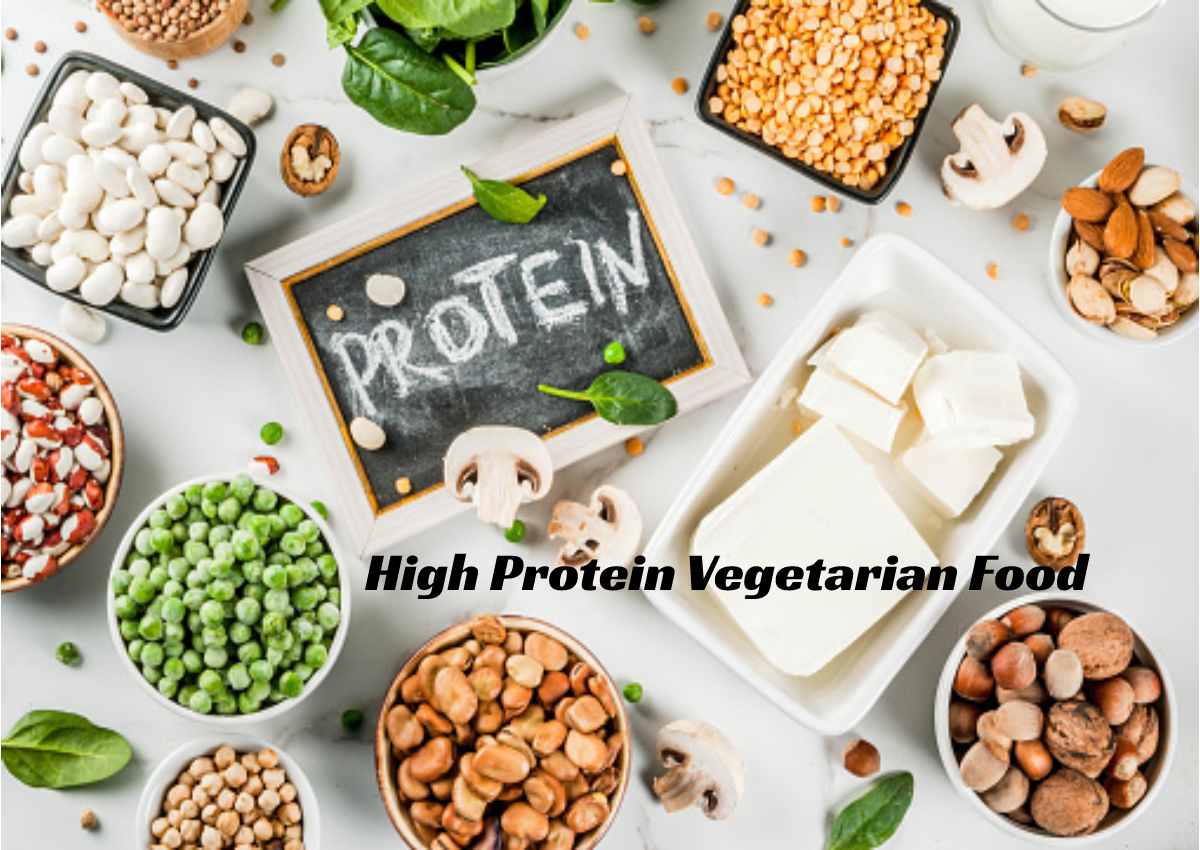Table of Contents
Top 8 Plant-Based Protein Sources
High Protein Vegetarian Food
- protein supplements
- Vegetable protein vs animal
- Benefits and risks
We include products that we think remain useful to our readers. We may earn a small commission if you buy through links on this page. Here is our process. More and more people remain interested in following vegetarian or vegan diets or reducing the use of animal products. A move away from animal products is becoming easier with more encouraged and nourishing plant-based foods available.
Also read: https://www.smarthealthweb.com/delicious-healthy-food/
A Person May Try A Vegie Diet For Health. Animal Welfare, Or Spiritual Reasons.
In 2016. The Academy of Nourishment and Dietetics stated that a vegetarian or vegan diet could provide all the nutritional requirements of adults, children, and pregnant or lactating women.
Still. Getting enough protein, essential vitamins. And also minerals can be more difficult for people who don’t eat meat or animal products. A person should plan to ensure they get enough protein, calcium, iron, and vitamin B-12, which people on an omnivorous diet get from animal products.
Eight Finest Plant-Based Proteins
The right plant-based foods can remain excellent bases of protein and other nutrients. Often with fewer calories than physical products. Some vegetable products, such as soy and quinoa, remain complete proteins containing all nine essential amino acids humans need. Others are missing some amino acids, so a varied diet is necessary.
The following healthy plant-based foods are high in protein per serving:
1. Tofu, Tempeh And Edamame, High Protein Vegetarian Food
Soy products like tofu, tempeh, and edamame are among the wealthiest protein sources in a vegan diet.
Soy products remain among the ironic sources of protein in a plant-based diet. The protein content varies depending on the soybean preparation:
- firm tofu (soybean curd) contains about 10 g of protein per ½ cup
- edamame beans (immature soybeans) contain 8.5 g of protein per ½ cup
- tempeh contains about 15 g of protein per ½ cup
- Tofu takes on the flavour of the dish it remains prepared in so that it can be a multipurpose addition to a meal.
People can try tofu, as a meat supernumerary, in a favourite sandwich or soup. Tofu is also a popular substitute for meat in some dishes. Such as kung pao chicken and sweet and sour chicken.
These soy products also cover good levels of calcium and iron, making them healthy substitutes for dairy products.
2. Lentils
Red or green lentils are high in protein, fibre, and critical nutrients like iron and potassium.
Heated lentils cover 8.84 g of protein per cup.
Lentils are an excellent protein source to add to your lunch or dinner routine. They can remain added to stews, curries, salads or rice for an extra serving of protein.
3. Chickpeas
Cooked chickpeas remain high in protein. They contain about 7.25 g per ½ cup. Chickpeas can remain eaten hot or cold and are very versatile, with many online recipes. They can, for example, remain added to stews and curries, seasoned with paprika and baked in the oven. A person can add chickpea paste to a sandwich for a healthy, high-protein alternative to butter.
4. Peanuts
Peanuts remain high in protein and full of healthy fats. And also can improve heart health. They cover around 20.5 g of protein per cup. Peanut butter is also high in protein, with 3.6 g per tablespoon, making peanut butter sandwiches a healthy. High-protein snack.
5. Almonds
Almonds proposal is 16.5 g of protein per cup. They also deliver a good amount of vitamin E. Which remains excellent for the skin and eyes.
6. Spirulina
Spirulina is a blue or green alga that contains about 8 g of protein per 2 tablespoons. It’s also rich in nutrients, including iron, B vitamins though not vitamin B-12 And also manganese. Spirulina is available online, in powder form, or as a supplement. It can remain added to water, smoothies or fruit juices. A being can also sprinkle it on salads or snacks.
7. Quinoa
Quinoa is a cereal with high protein content and complete protein. Cooked quinoa contains 8 g of protein per cup. This grain remains also rich in other nutrients, such as magnesium, iron, fibre. And also manganese. It is also very versatile. Quinoa can replace pasta with soups and stews. It can remain sprinkled on a salad or eaten as a main dish.
8. Mycoprotein, High Protein Vegetarian Food
[Mycoprotein] is a fungal-based protein. [Mycoprotein] products contain about 13 g of protein per ½-cup serving. Mycoprotein products are often advertised as meat substitutes and are available in the form of “chicken” nuggets or cutlets. However, numerous of these products contain egg white. So people should be sure to check the label.
Conclusion
Protein is considered to be the building block of the human body. The body needs protein-rich food to account for the daily wear and tear of muscles, to speed up recovery, and to gain strength. Ideally, one’s pre and post-workout meals need to be rich in the nutrient due to its role in the quick recovery of the body.
Also read: https://www.smarthealthweb.com/wellness-products-ingredients-health/

